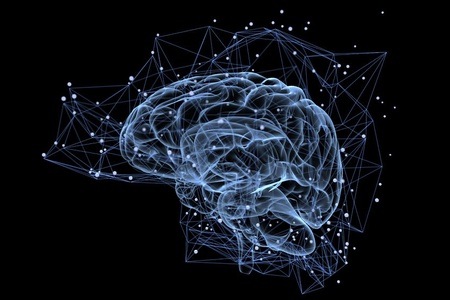If learning a new language or honing a new skill is one of your goals for 2023, scientists at the University of Aberdeen and the Technische Universität Dresden in Germany have done the hard part and uncovered why using multiple senses could be the key to learning something new.
Dr Brian Mathias from the School of Psychology at the University and Prof Katharina von Kriegstein from the Technische Universität Dresden reviewed recent scientific findings in neuroscience, psychology, computational modelling, and education to work out how the brain uses information from all of our senses to enhance learning.
Published in the journal Trends in Cognitive Sciences, the study found that engaging multiple, different senses like movement and touch as well as vision and hearing can boost learning, and that sensory and motor regions of the brain directly contribute to improvements in learning outcomes.
For example, when learning a new word in a foreign language, the authors suggest that adding different sensory modalities into the learning process such as a gesture or picture improves the recall of the language, and that motor and visual brain responses play a part in these gains. To be effective, the additional sensory information must be congruent in some way with the learning material that it accompanies.
The authors review how sensory and motor brain responses facilitate learning across a wide variety of domains including reading, mathematics, and music.
Dr Mathias explains: “Several approaches to education assume that multimodal learning is effective. We sought to better understand why this kind of learning is effective, with the aim of optimizing learning strategies and unifying a diverse scientific literature on multimodal learning.
“The most recent evidence suggests that the beneficial effects of enriched learning are associated with crossmodal brain responses in sensory and motor brain regions. For example, hearing a recently-learned foreign language word can evoke activity within motor brain regions, if the word was paired with the performance of a gesture during prior learning. The motor system becomes involved in the auditory recognition of the foreign language word even when the listener is not moving.
“A role of these crossmodal brain responses in enhancing memory is consistent with current mathematical theories of brain function.”
It is possible that this multimodal model of learning may be particularly beneficial for people with learning disabilities and disorders including dyslexia, although the authors recognise that there is still work to be done with these groups.
Professor von Kriegstein, who worked alongside Dr Mathias adds: "The results of the literature we reviewed contribute to our understanding of why several long-used learning strategies, such as parts of the Montessori method, are effective. They also provide clear clues as to why some approaches are not as effective.
“Recently uncovered neuroscientific mechanisms may inspire the updating of cognitive and computational theories of learning and provide new hypotheses to be investigated in the classroom. We anticipate that such an interdisciplinary and evidence-based approach will lead to the advancement of learning and teaching strategies in the future, for both humans and artificial systems."
ENDS


